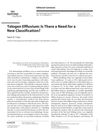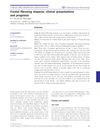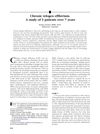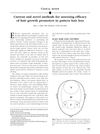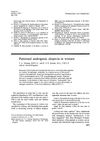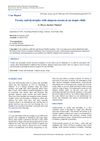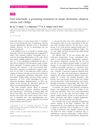Bitemporal Alopecia Areata: Case Reports and Diagnostic Challenges
March 2020
in “
Australasian Journal of Dermatology
”
bitemporal alopecia areata alopecia areata androgenetic alopecia chronic telogen effluvium black spots yellow spots exclamation hairs intralesional triamcinolone acetonide tofacitinib ciclosporin topical tacrolimus systemic corticosteroids topical minoxidil clobetasol shampoo ophiasis alopecia areata bitemporal alopecia patchy hair loss frontal hairline Protopic Rogaine clobetasol
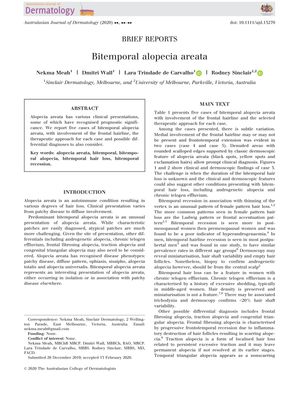
TLDR The paper concludes that recognizing bitemporal alopecia areata is important for early treatment and preventing its progression.
The paper reports on five cases of bitemporal alopecia areata, a rare presentation of the autoimmune condition alopecia areata, which typically results in patchy hair loss. This variant involves the frontal hairline and can be challenging to diagnose due to its similarity to other conditions causing bitemporal hair loss, such as androgenetic alopecia and chronic telogen effluvium. The cases showed variations in the extent of frontal hairline involvement and were diagnosed using clinical and dermoscopic features, including black spots, yellow spots, and exclamation hairs. Treatment varied among patients and included intralesional triamcinolone acetonide, tofacitinib, ciclosporin, topical tacrolimus, systemic corticosteroids, topical minoxidil, and clobetasol shampoo. The paper emphasizes the importance of recognizing this distinct presentation of alopecia areata for early treatment and preventing disease progression, while also considering the possibility of it being a variant of ophiasis alopecia areata. Further case reviews with longer-term follow-up are suggested to understand the prognostic value of this pattern.
